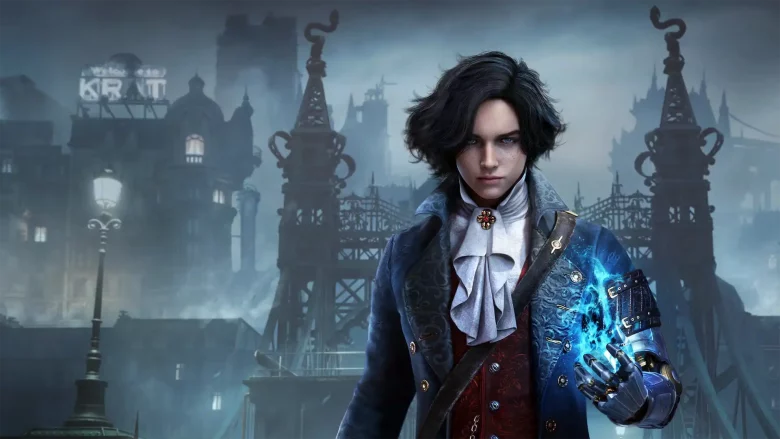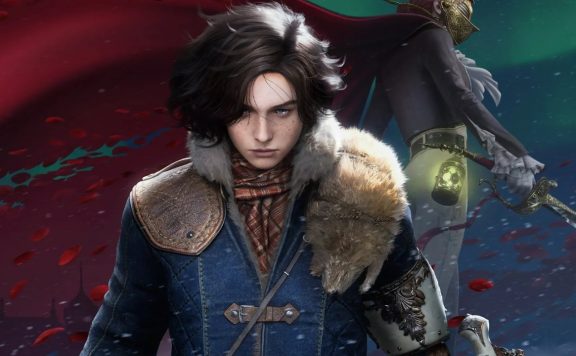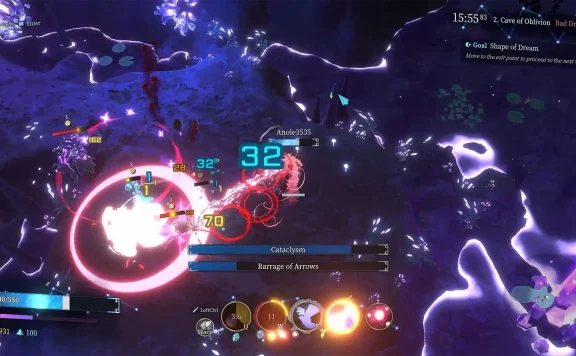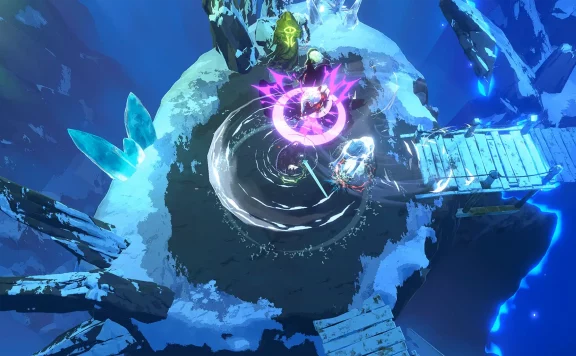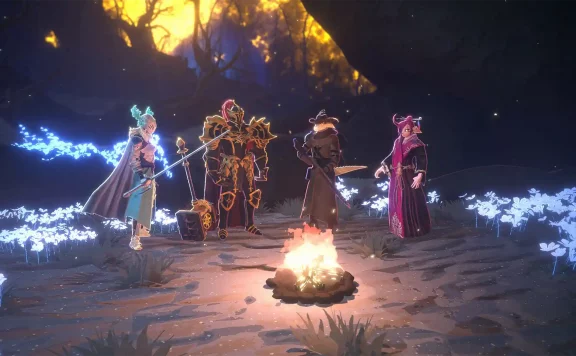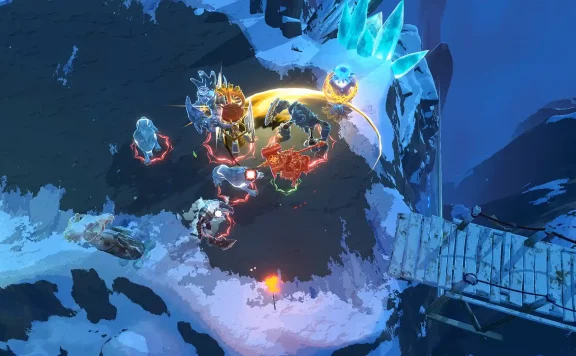Neowiz is a publisher that is involved in a lot of projects right now. From the runaway success that is Lies of P (and this year’s Overture DLC and update), to titles like Sanabi, Goodbye Seoul, Shape of Dreams, and many more projects we probably don’t even know about yet.
Justin Carnahan, Brand Director at Neowiz, is responsible for some of this success, we’d say. From picking the right projects to align the team with, to passing on others that the publisher feels it doesn’t have the right support for, we sat down to talk to Justin about that Lies of P success, supporting older games, and the titles we’ve yet to play. And of course we also asked about Switch 2 dev kits, because why wouldn’t we? Let’s get into it, then.

How are you and the team feeling about the news that Lies of P has surpassed 3 million units sold?
We’re incredibly proud, and it really is a testament to the talent and dedication of ROUND8 Studio. From the very beginning, they had a clear vision for what Lies of P could be, and they poured their heart into every detail. For those of us on the publishing side, it’s been a privilege to support their work and see players around the world connect with it so strongly.
Hitting 3 million units is also a milestone that reinforces our belief in the IP’s long-term potential. Reaching that kind of success with a brand-new series is extremely difficult, and seeing it resonate with such a wide audience gives us even more confidence as we look to expand the world going forward. Most importantly, though, we’re grateful to the fans who believed in the game and helped turn it into something special.
Is the team excited to continue with the Lies of P series, and was this success a surprise at all?
From a publishing perspective, it wasn’t exactly a surprise. We knew we had something special the first time we saw it a few years ago. The concept was strong from the start and gave us plenty to work with (from a branding standpoint), but the development team took it much further by delivering a fantastic game.
That said, even when you feel confident, it’s a major challenge for a new game to reach millions of players. The base game’s launch in 2023 firmly established Lies of P as an exciting new IP, and with the release of Overture earlier this year, it has become one of NEOWIZ’s key franchises. We’re thrilled to keep expanding the world and its cast of characters, and Lies of P will remain a central part of our future.

Lies of P: Overture
How did the decision to add easier modes to Lies of P come about?
We always believed the story, world, and gameplay of Lies of P could resonate with a wide audience, but we also knew that the traditional soulslike difficulty might make some players a little apprehensive about trying it. Adding alternative difficulty modes was about making the game more approachable while still staying true to the core experience. Since this is just the beginning of the journey we’re building in this universe, our goal was to give more players the opportunity to step into it now and be a part of what comes next.
Has the team had any experience with Switch 2 dev-kits. Any thoughts on bringing Lies of P, or future games to the new platform?
I don’t have any news to share on this front, but the launch of the Switch 2 has been hugely impressive. It’s exciting to see so many AAA titles with high production values running smoothly on the hardware. As more players get older or start families, having a powerful handheld option makes it easier to find time for gaming. The idea of experiencing Lies of P in that format excites us.
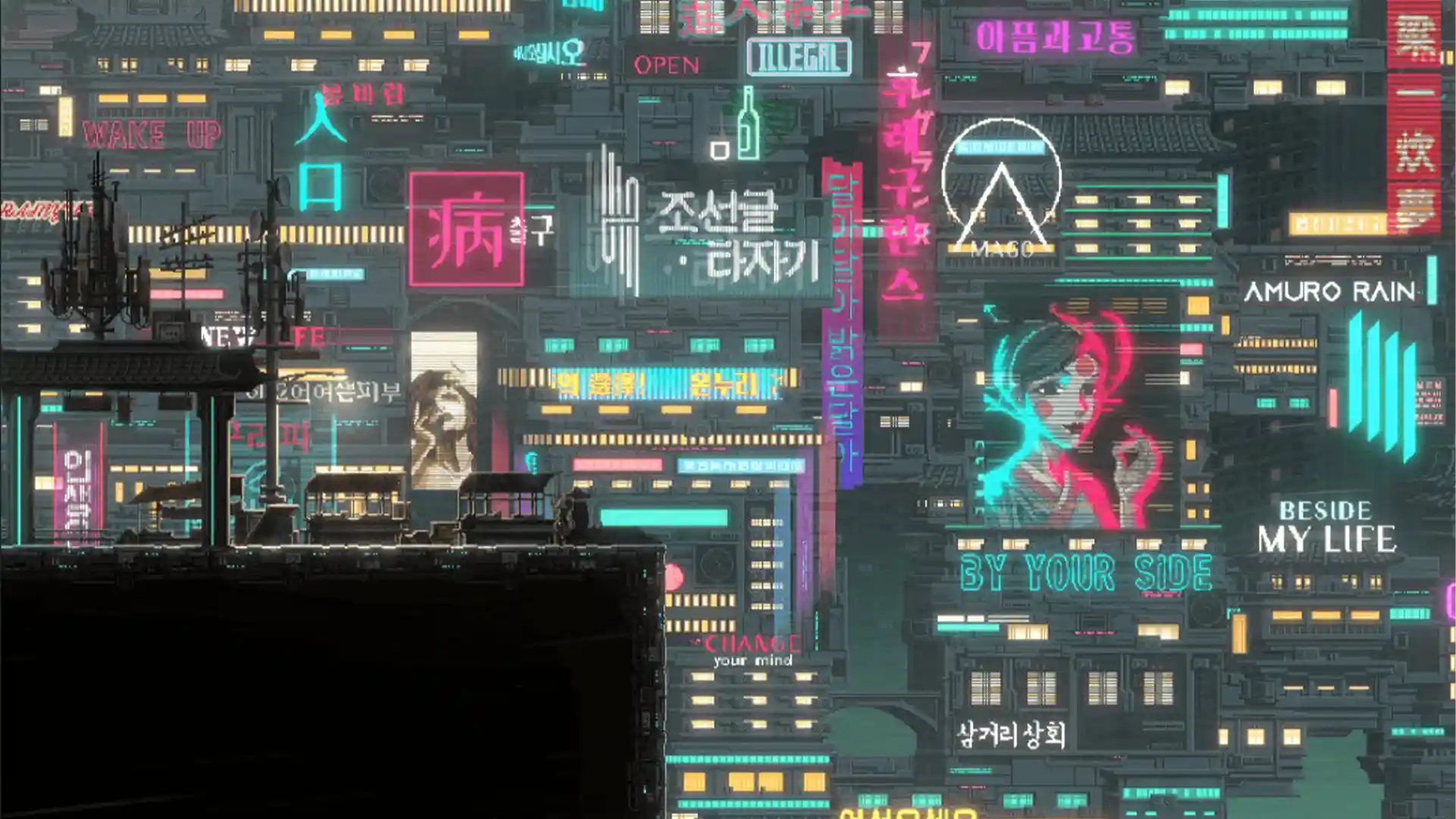
Sanabi
Neowiz seems like a publisher committed to long-term support. I see Sanabi has new content coming, and that’s a two year old game now! Is the long-term support something that’s key to your ideals as a publisher?
Absolutely. Long-term support is very important to us, and we always explore multiple avenues to keep players engaged. In today’s crowded market, building dedicated communities is vital. That way, we’re not starting from scratch with every new release, but instead adding more depth to the worlds and experiences that players already love.
SANABI is a great example of this. Even two years after launch, the community around it has stayed strong and its world still has stories to tell. New DLC content is on the way, and we look forward to sharing details in the near future.
On a similar note, we were especially pleased with how the Lies of P DLC was received. It worked almost like a “Director’s Cut,” giving fans something special while also bringing in many new players. That momentum creates the perfect bridge to the next game in the series and strengthens its place as one of our key franchises.

Lies of P: Overture
If you look at the Neowiz games stable, the titles seem to be diverse, different, and interesting. How do you pick development partners?
For us, it’s not just about finding great developers, it’s also about being the right partner for them. Even if a game looks excellent, if we don’t have the right expertise to maximize its potential, we’d rather help the team find someone who does. At the end of the day, we want to see developers succeed because what matters most to us are the games themselves.
When evaluating projects, we also look closely at the long-term vision of the studio. A partnership might start with a single publishing deal, but our goal is to build relationships that last across multiple projects. That kind of continuity allows us to grow together, improve as partners, and become a stronger team with each game we work on.
We also encourage creative risk-taking, because we believe some of the best and most memorable games come from giving developers the freedom to push boundaries.
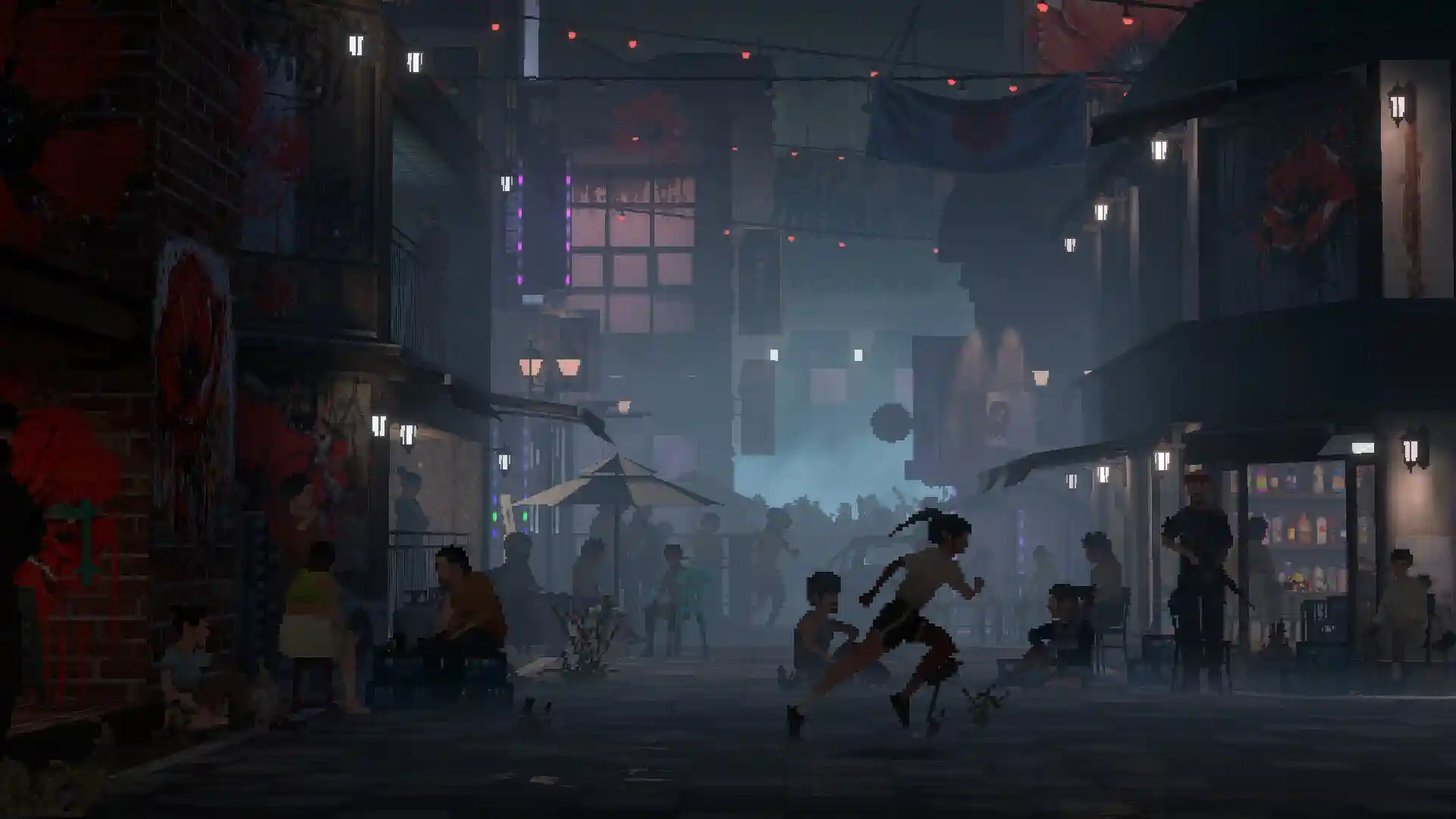
Goodbye Seoul
Goodbye Seoul had a funding campaign, where does Neowiz fit into this. Is it something encouraged, or does the publisher come in after this?
In most cases, publishers tend to get involved after a funding campaign. A successful campaign can act as a stamp of approval from the community, showing that the game has appeal and commercial viability. It’s also a great way to connect directly with players before launch, build brand ambassadors early on, and even involve them in the development process in rewarding ways.
That said, running a campaign requires a huge amount of time and resources, so it’s not something developers can commit to lightly. Every project is different, and sometimes a funding campaign makes sense while other times a different path is better. As such, we don’t take a one-size-fits-all approach to this.
Shape of Dreams “looks” multiplayer (with the moba style gameplay), but seems single player/co-op. Is Neowiz leaning more towards single player games? Does it feel more sustainable to do this rather than compete with a crowded multiplayer market?
I wouldn’t say we’re focused only on single-player games or avoiding multiplayer titles. It just happens that the projects that have excited us most in recent years leaned more toward single-player or co-op experiences.
That said, it’s quite challenging to break through as a multiplayer game today. Even if you manage to attract players at launch, keeping them engaged is another significant hurdle. Many eventually drift back to their go-to title, where they’ve already invested years of progress and, most importantly, it’s where their friends are. Convincing groups to move together is very difficult, and once players are settled, those established games create a moat that’s hard for newcomers to overcome.
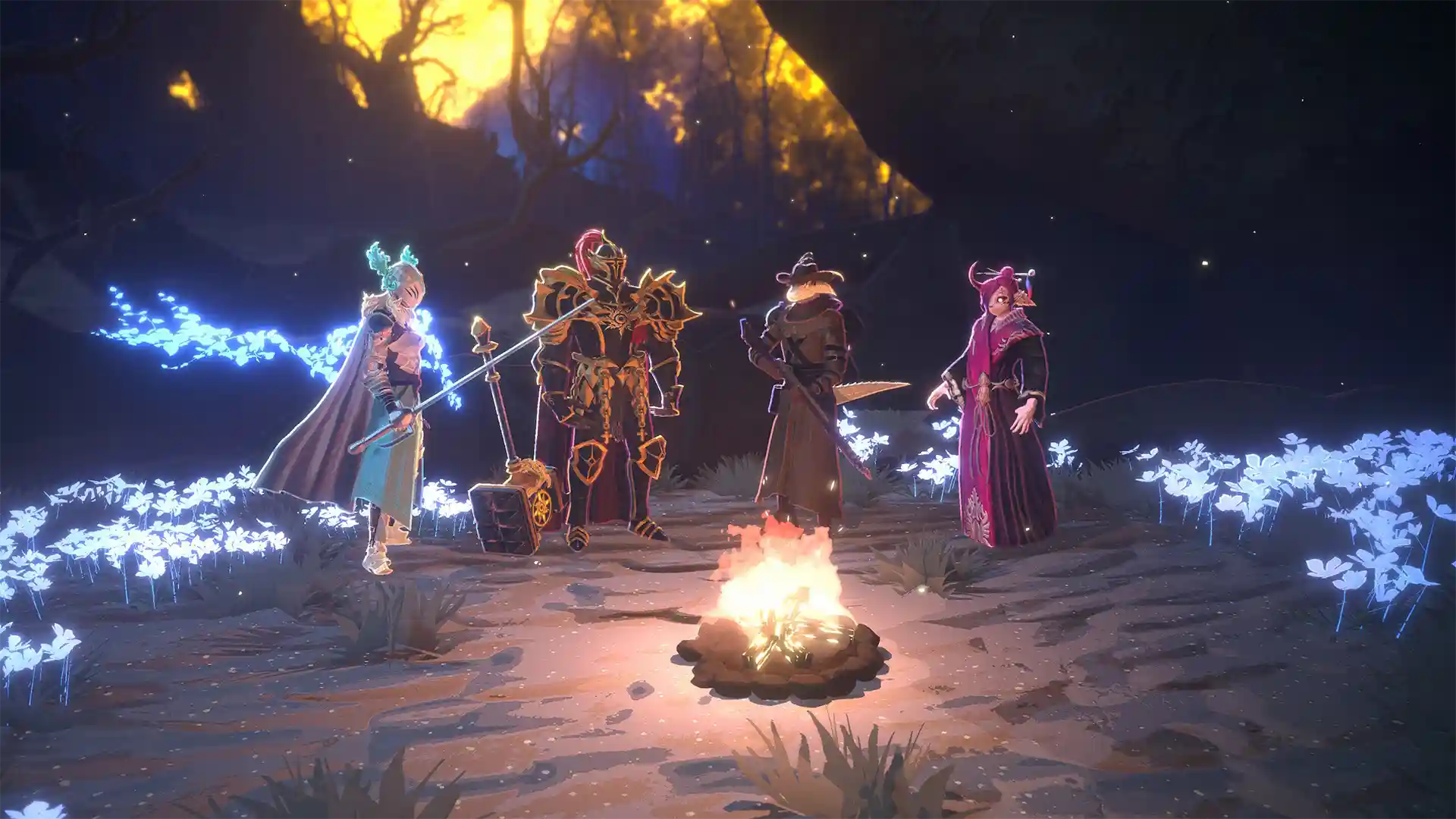
Shape of Dreams
Speaking of, how do you feel the current market is for games? So much competition, how do you get your games seen through the “noise”?
It’s definitely harder to stand out now than in the past. The market is crowded with high-quality games, and attention spans are shorter, which means you need a carefully planned cadence of impactful marketing beats. We focus on creating tentpole moments and then amplifying them with secondary activities in the same timeframe so the game stays visible and memorable. That foundation sets the stage for everything else we do as a publisher.
Our role is especially important when it comes to reaching beyond the core audience. Developers are often very good at engaging their most passionate fans, but what turns a strong release into a breakout success is connecting with a much wider group of players. Our job is to help make that happen by ensuring the game is seen by the right audiences and that its message is communicated clearly. Misaligned messaging has hurt many launches in the past, not because the games themselves were lacking, but because players didn’t fully understand what they were getting. Setting clear expectations builds trust, strengthens word of mouth, and ultimately gives a game a much greater chance to thrive long after launch.
How do you decide a price for the games Neowiz publishes? Do you see games needing to go up in price like other publishers, or are you happy with your pricing ranges?
When we set a price, the first thing we look at is the competitive landscape within that genre. We want to make sure the game is positioned appropriately alongside similar titles so that players feel confident they’re getting the right value. At the same time, we adjust pricing by region to account for local purchasing power, since the cost of living can differ greatly from one market to another. And while development costs are definitely on the rise, we’re also very aware that players are facing tighter budgets due to global economic conditions. Our goal is always to keep our games accessible while still reflecting the quality and amount of content they deliver.
It’s also worth remembering that video games offer a ton of value. What other medium of entertainment can provide dozens, if not hundreds, of hours of enjoyment at this price point?
Thanks to Justin for his time.
